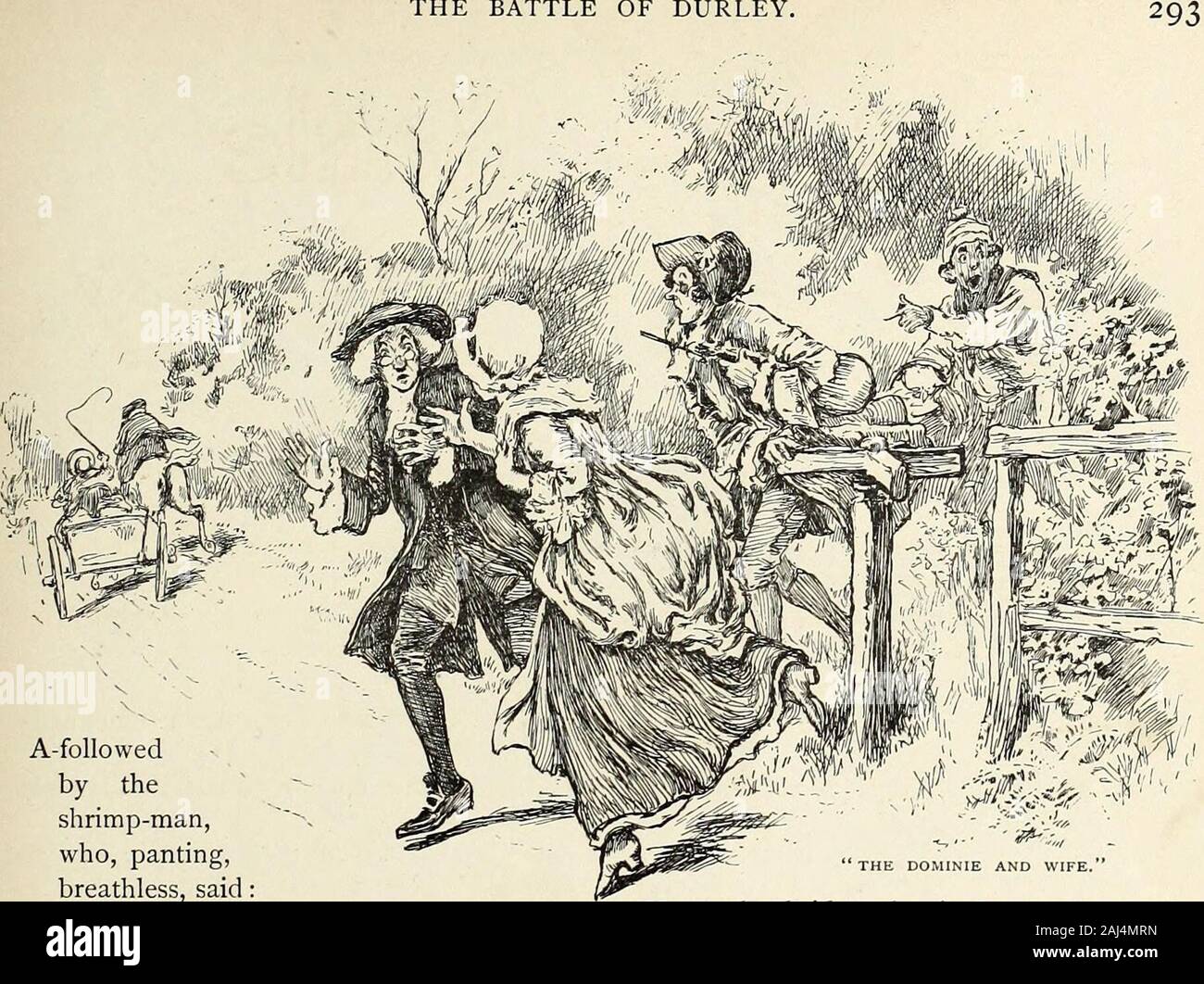
The food served at inns was simple: pottage (stew), bread and cheese, and drinks from local vintners and breweries and sometimes exotic wines and beer from all over Europe and the world. It wasn’t uncommon for political uprisings and mobs to begin within an inn. Inns were places where people met to socialize and talk, making them cultural and political hotbeds.

There was usually a minimal entry fee to pass through the door of an alehouse or inn, or at least a courtesy to help pay for any damages that may arise while visiting (modern-day “bouncers” derive from the practice of inn guards testing the authenticity of coins by bounding them off of a wet piece of wood!). While medieval inns tended to focus on accommodation and food, taverns were commonly owned by licensed brewers and vintners and focused more on drinking. The inn of a town was usually found in a central location such as the town square or in places where trade roads met and usually became landmarks of their settlement. Because they wouldn’t be able to sleep safely outside at night, this led to the need to establish alehouses and inns.Ī regular provision of inns existed following the size and importance of the towns and played a vital role in the evolving and prospering economic, social, and political life of the different regions. Travelers usually moved in groups and during the day. Traveling on foot or with lightly loaded horses was, therefore, preferred.īetween the villages, there were long stretches of forest. The roads were bad, sometimes even impassable for loaded wagons (and not to mention, frequently visited by outlaws and robbers).

Inn-keeping was formalized around the 14th and 15th centuries, when traveling was much more common than we normally imagine.


 0 kommentar(er)
0 kommentar(er)
